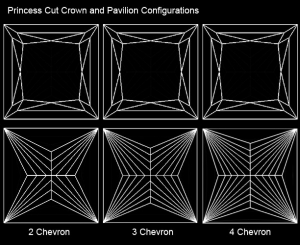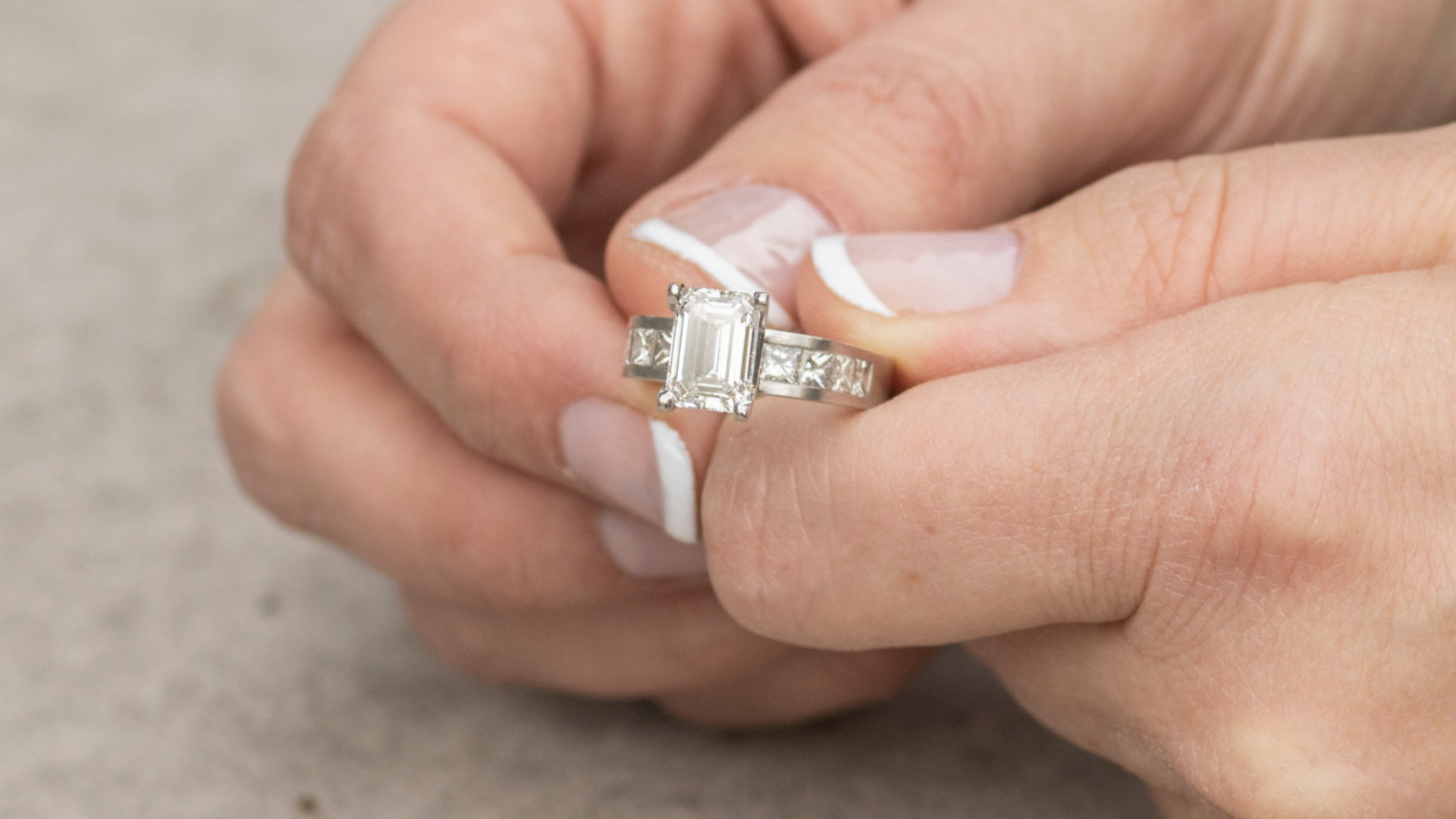HI everyone,
I am a newbie with diamonds and the standards and jargons so a bit of help would be amazing.
I'm looking to purchase and engagement ring and have been looking around but not too sure about the standards etc.
Can someone explain to me what are the important things to look out for?
I know that size, clarity and cut is important but at the end of the day, i believe what matters to me is Clarity, and also what will affect the sparkle on a diamond.
I was also looking at BlueNile for diamonds and not sure if you guys have other recommendations.
Looking for a Princess Cut.
I am a newbie with diamonds and the standards and jargons so a bit of help would be amazing.
I'm looking to purchase and engagement ring and have been looking around but not too sure about the standards etc.
Can someone explain to me what are the important things to look out for?
I know that size, clarity and cut is important but at the end of the day, i believe what matters to me is Clarity, and also what will affect the sparkle on a diamond.
I was also looking at BlueNile for diamonds and not sure if you guys have other recommendations.
Looking for a Princess Cut.








300x240.png)